“As much as I want people to buy books because they like the cover, I don’t think the writer in me wants to live in a world where a book becomes like a decorative art piece on the wall.” – Dhee Sylvester.
By Chimezie Chika
I
Dhee Sylvester knows people only read about Olubunmi Familoni, the author behind The Road Does Not End, the 2024 NLNG Nigeria Prize for Literature-winning book. As a book cover designer, he has become used to people noticing the beauty and thoughtfulness of book covers without necessarily noticing the cover designer behind them. Of Familoni’s win, he said he was surprised when he learnt of it the next day.
For Sylvester, it was not his first time designing the cover of a book that went on to be nominated for the NLNG Prize. “In 2022, I designed the cover for Coming Undone as Stitches Tighten by Dianabasi Iquo, which made the NNLG longlist. In 2023, I had two books, The Brigadiers of A Mad Tribe by Abuchi Modilim and When Big Masquerades Dance Naked by Olubunmi Familoni, making the NLNG shortlist. Then last year, I finally had my first ‘win’. So it’s been three consecutive years of having a book cover at least on the NNLG longlist”, he said.
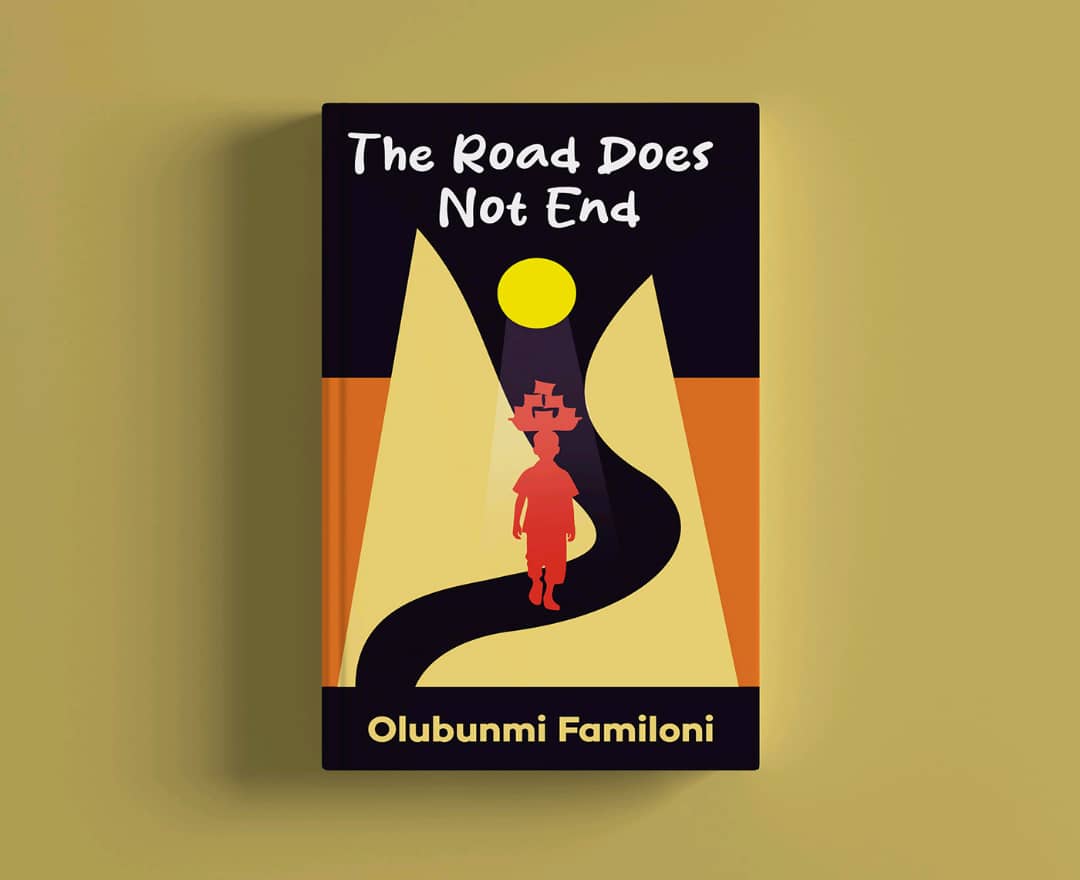
But his credits also includes a number of other prize-winning books, such as his redesigned cover for Nduka Otiono’s When The Night Hides the Knife, which won the ANA/Spectrum Prize in 1998; Servio Gbadamosi’s A Tributary In Servitude, which won the ANA Prize for Poetry in 2015; Omalinze by Chinedu Asika, which won the ANA Prize for Drama 2022; prize anthologies by Noirledge Publishing, Lunaris Review, Libretto Publishers, and the Ibinabo Residency and other books published by some of Nigeria’s major publishers. All these efforts have now resolved into a growing popularity, with more and more authors and publishers seeking him out for commissions.
The emergence of more traditional Nigerian publishers has engendered a book cover revolution in the industry. For one, there seems to be a conscious effort to reject unimaginative book covers in favour of colour-fetes and more flamboyantly imagined designs.
The past decade has seen Nigerian readers being treated to an abundance of some of the most spectacular book covers the country’s literary industry has ever produced, especially from publishers such as Masobe, Narrative Landscape, Ouida, and others. Masobe, in particular, has become immensely popular in this regard. Narrative Landscape made a statement when they released new editions of Chimamanda Ngozi Adichie books with covers redesigned in bold Ankara motifs.
It need not be gainsaid that this fascination with the physical aesthetic attraction that book covers give have been partly the reason for the resurgence of book sales in the literary industry. The exuberant creativity on display in the covers of recent Nigerian books, magazines, and journals have been spearheaded by the likes of Dhee Sylvester, Masobe’s Oriahi Ofuzim Anderson, Narrative Landscape’s Adebayo Gbenga, The Republic’s Dami Mojid, and others.
The last, even as a journal, has forged an identity for their highly artistic cover designs and the dedicated attention they accord their illustrations and artworks in general. Yet, not much attention is given to the artists, illustrators, and graphic designers behind the literary industry’s products.
Book cover designers have their own exclusive artistic journeys. Particularly, they have to be in a frame of mind that allows them to properly interpret the story or central theme of books into the right kind of cover graphics or design.
For Dhee Sylvester, his journey started, not surprisingly, as a writer. He wrote in all genres, enjoying limited success which culminated in his self-publishing of a political satire in 2017, winning the long-running Brigitte Poirson Poetry Prize and having one of his short stories adapted to film by Joe Aito, for which he co-wrote the screenplay.
By 2019, disillusioned from dealing with multiple emotional and mental health issues, and intense feelings of inadequacy, he stopped writing and began to gravitate towards visual art. “Unlike writing, design didn’t worsen my feeling of angst and despair”, he explains. The cause of the despair and emotional downturn he felt at the time was not revealed until much later in our conversation.
What Dhee Sylvester acknowledges is that his discovery and foray into digital art and graphics had a therapeutic effect on him. “Design gave me a way out of the gloom and doom, with its infinite ray of colour and light. The more I designed, the less I wrote, and the better I felt”.
Notwithstanding this situation, graphic design hadn’t come out of nowhere for Sylvester. In 2016, he had designed his first book cover, a chapbook titled Two Shades of Crazy: A Dialogue of the Antithesis. That first effort was done without any prior experience of graphic design; all he had was some basic knowledge of Photoshop. But that first effort fuelled his interest.
A year later, he designed the cover of a Brittle Paper anthology, A Mosaic or Torn Places. The next year he designed his first paid book cover. “I think what really made the switch easy for me was when I designed the cover for Hannu Afere’s Digital Sigidi and Jerry Chiemeke’s Dreaming of Ways to Understand You, both of whom are still friends of mine. The reception of both covers was very good and I took a lot of confidence in it. From there on, I started getting commissioned by people I didn’t have any prior relationship with, and they in turn referred me to other writers and publishers”.
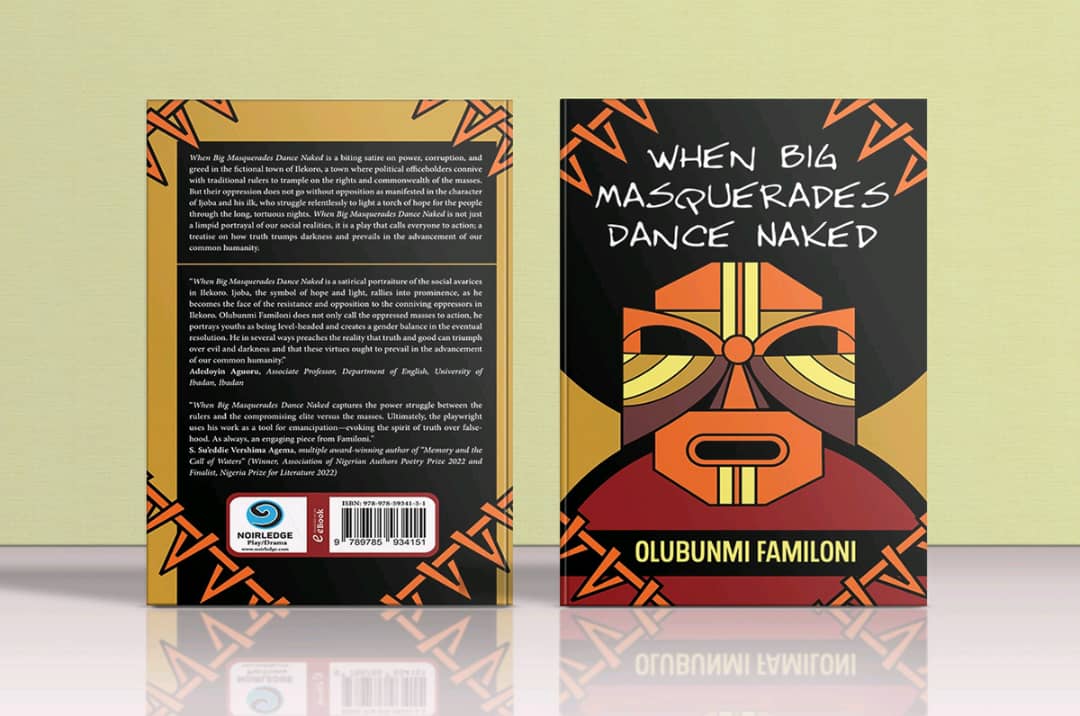
Does he regret not continuing his writing? “Even if I was still writing, I doubt I would have been able to get my name on as many books as I do now”, he replies. That emotional and career fulfillment has come from graphic design may also have something to do with how the details of his work often touches his other interests in writing and film. He believes that one ought to have vested interests in the subject of one’s design if one wants such designs to make any sense.
“When I design a book cover, I treat it like the first line of the story. My process starts with getting a good grasp of the book itself whether through a synopsis, a few sample chapters, or an extended chat with the author. On some occasions, I get to read the entire manuscript. I want to understand the mood, themes, and key emotions driving the story. I’m usually interested in the little symbols or metaphors that might not be obvious at first but hold a lot of meaning. From there, I start brainstorming visual concepts. I do this by sketching ideas, playing with symbolism, and thinking about what kind of illustration or image could sum up the story in a striking way. I’m a big fan of illustrated covers. If you notice, I have a thing for silhouettes”.
Dhee Sylvester talks about imagery as integral to the process of book cover design. “Most times,” he continues earnestly during our WhatsApp chat, “I try to avoid the obvious or overly literal approach. Instead, I go for ideas that hint at deeper layers in the story. Perhaps due to my experience as a brand designer, I pay attention to color and typography as well. I believe those two elements carry a lot of emotional weight. I like visually appealing, attention-grabbing palettes that fit the tone of the book, and I make sure the typography feels like part of the story too, not just an afterthought. Once I have a direction I’m excited about, I start designing some samples”.
When I asked if he allows the input of authors and publishers in the creative process, he replies that it usually happens after he has delivered the initial samples.
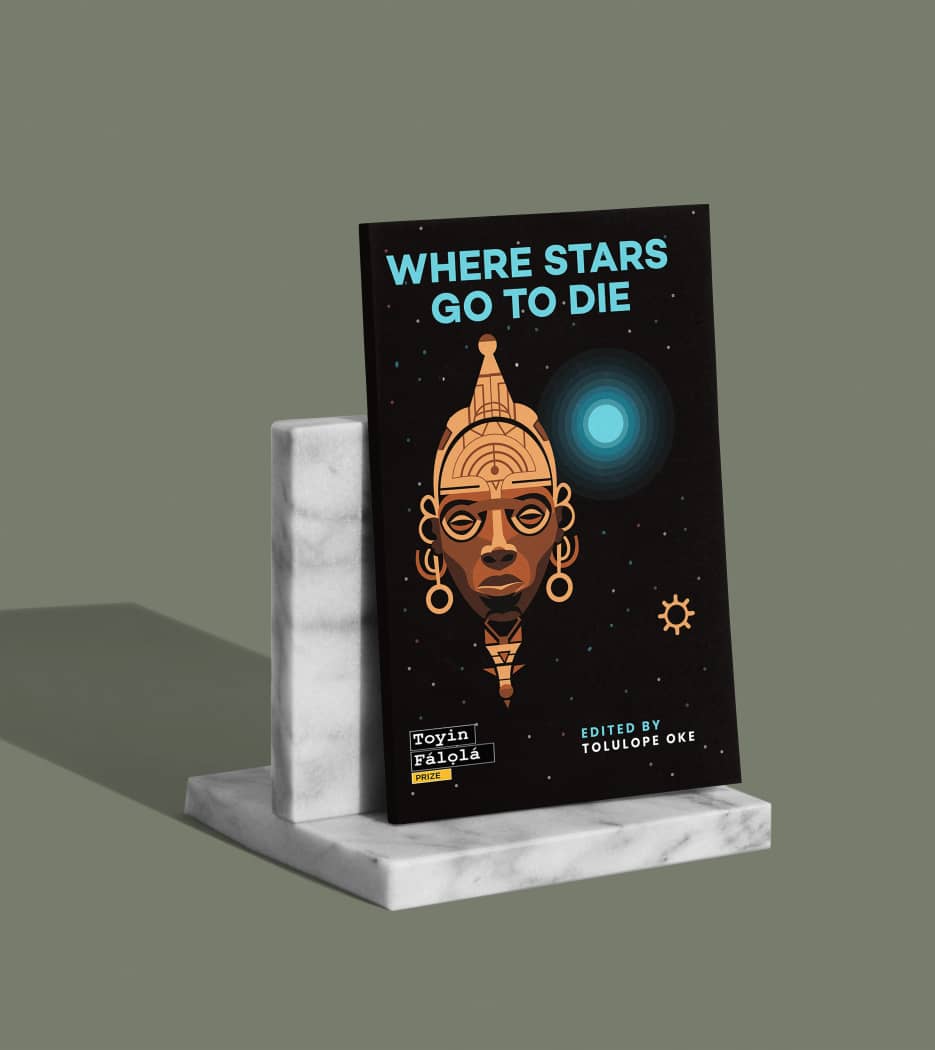
“Ultimately, my goal is to create a cover that not only looks great but also feels like the book; that feels like a visual extension of the story. Something that makes a reader curious enough to pick up the book based solely on the look and feel of the cover. I know people often say ‘never judge a book by its cover’ in a derogatory way, but I don’t concern myself with that. The way I see it, my job is to help authors sell books and I try to do my best in that regard.”
II
Dhee Sylvester was born in Lagos into an indigenous Lagosian family and, inevitably, we spent time discussing the city’s economic and artistic landscape. His knowledge of the city and the role it plays as the centre of Nigeria’s publishing industry affords closer insight into the problems of literary publishing in Nigeria and its not-too-inspiring reading culture. Does he think alluring book covers can help bring back readers to literature? To this, he offers a nuanced answer.
“On the issue of the declining reading culture, I think the day book covers start single-handedly holding up the literary industry is the day the reading culture actually dies. A book is a unique work of art because it’s a union of two forms of creative expression: design and writing. As much as I want people to buy books because they like the cover, I don’t think the writer in me wants to live in a world where a book becomes like a decorative art piece on the wall. A utility only appreciated for its skin. Such a shift in perception reduces the importance of books to merely their outward aesthetic appeal and that can’t be good for writers. If writers lack the motivation to become authors because no one will read their books, then you don’t get beautiful cover designs”.
Though he believes books become bestsellers or gain critical acclaim for their content, he acknowledges that book covers adhere to the law of initial attraction as far as marketing goes. This mindset, he tells me, has seen some of the books he redesigned their covers go on to sell well. This has also guided him in his role as director at Libretto Publishers as well as in his freelance work for other publishers and authors. At the core of all these efforts is the concentrated work a book cover designer has to do.
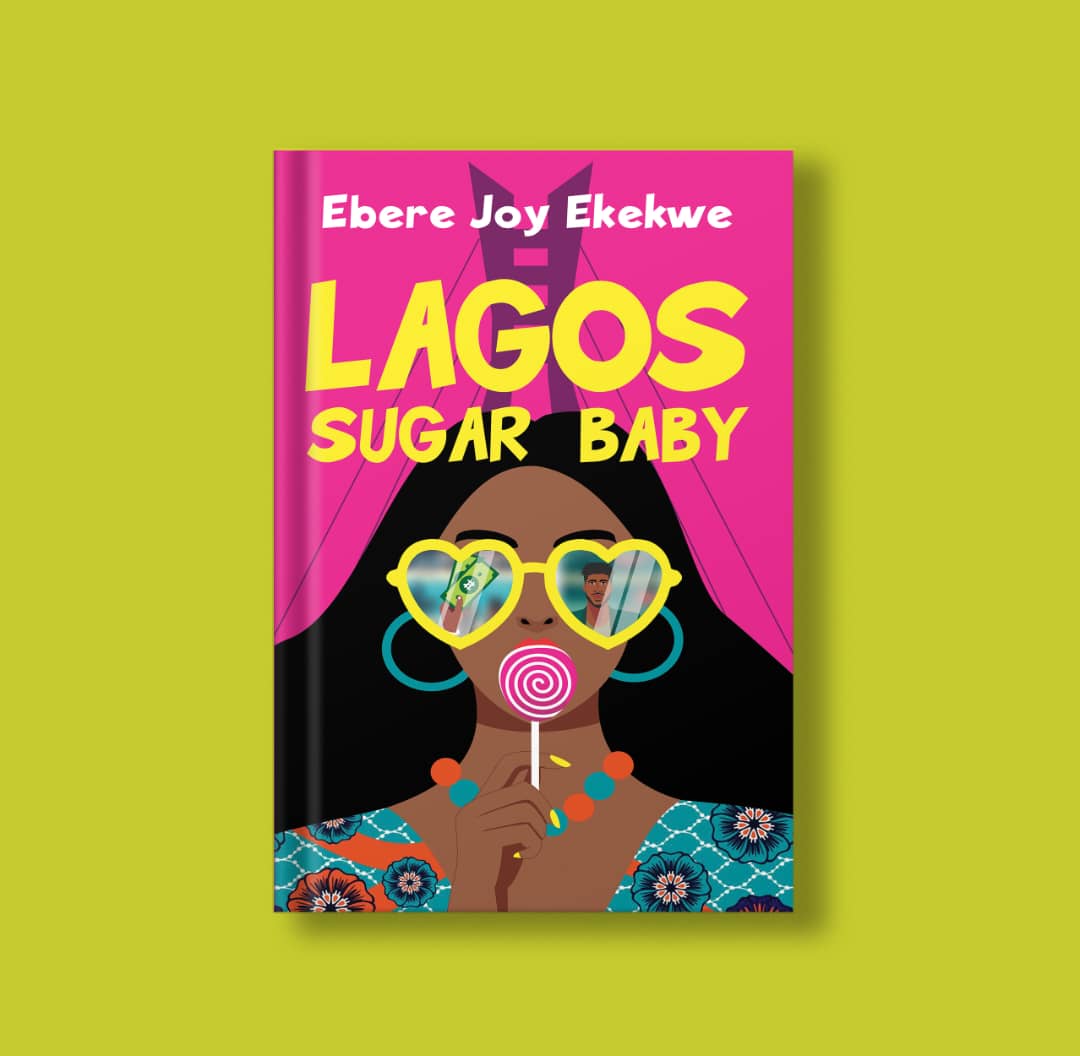
What does it take to be a book cover designer then? “The fundamental requirement is simply having an eye for good design”, he begins, enthusiastically. “Being a book cover designer isn’t so different from being a product designer, when you get down to it. It’s all about determining the look and feel of something you hope would become valuable. But you can’t do that well if you don’t understand design principles or appreciate the importance of aesthetics.
“Funny enough, my introduction to aesthetics wasn’t through design or visual art. It was through literature. There’s this book I read when I was much younger, The Picture of Dorian Gray by Oscar Wilde. It had a great influence on my relationship with beauty and art. Wilde himself was an aesthete and his essays were like my stepping stone in design thinking.
“Beyond that, I think it’s very important to have a sense of care towards books. Designers who produce film posters often watch a lot of films. You can’t design a good book cover if you don’t have the soul of a reader or consistently apply yourself to the nuances of storytelling. For example, it’s from reading that you know a romance novel and a fantasy novel use different visual messaging.
“You must see design as a form of storytelling because at the heart of every artistic expression is a story that demands to be told. Just like how writers are told to write what they want to read, I also design covers with the expectation of how I like a book cover to look. Some people may call it a form of prejudice but I think of it more as a personal principle. It’s from this principle that an artistic style emerges, and once you are able to refine that style, you develop some confidence in your ability to conceptualize and create any idea from scratch without losing your style.
“Can anyone become a book cover designer? Yes, I believe so. But it takes a lot of commitment and consistency to become a really good one”.
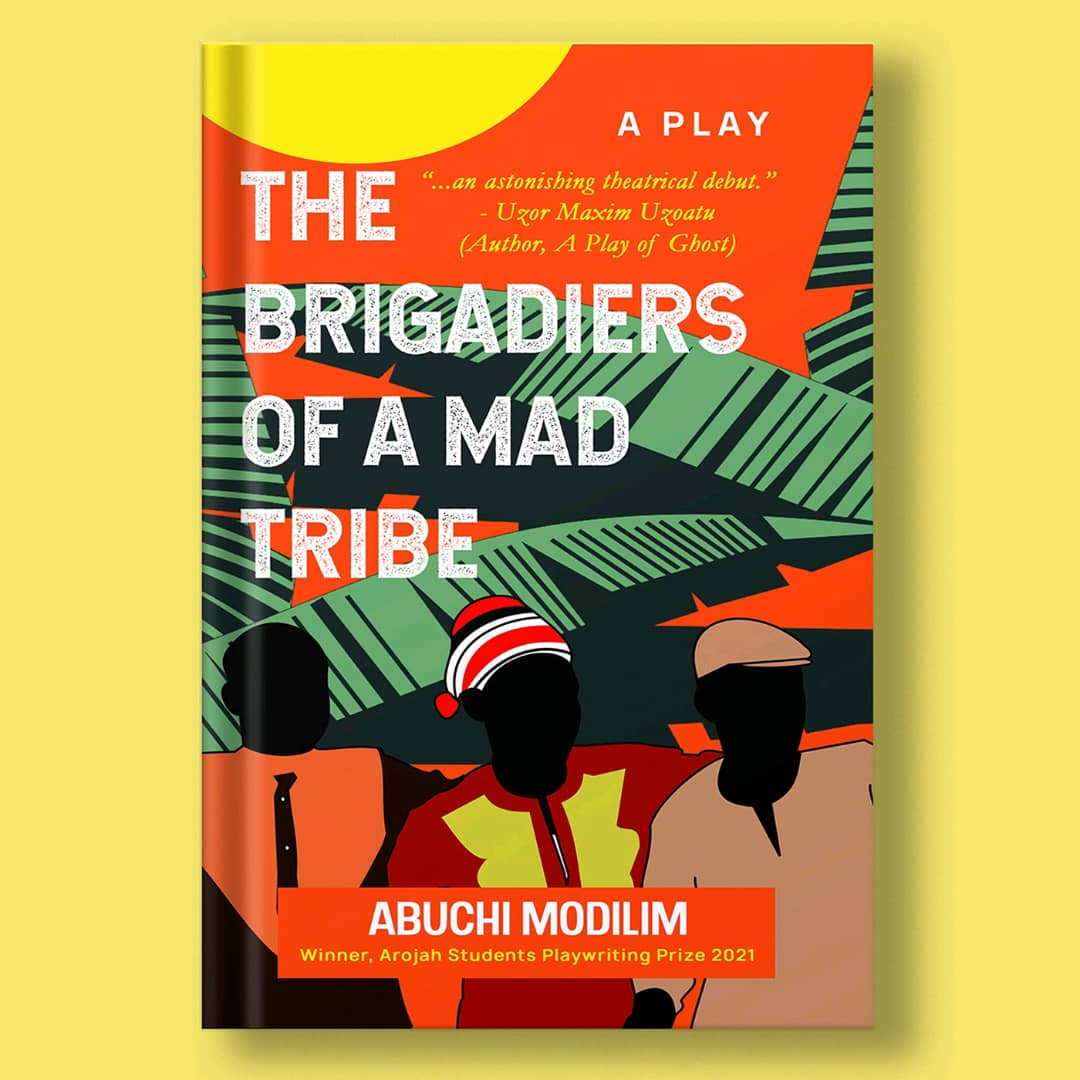
Sylvester goes on to talk about Saul Bass and Paul Rand, whom he said has influenced his cover designs. Bass, who worked mostly in film, made posters for iconic directors like Alfred Hitchcock and Otto Preminger, and created designs that revolutionised the industry. “Bass, for me, is the one designer I model my style on, he was a generalist, and my love for silhouettes and minimalism for example comes mostly from studying his illustrations”.
Inevitably, he had Nigerian influences too. “The first Nigerian designer I personally knew who was making book covers was Layi Thomas. We became Facebook friends because he was a half-writer and half-designer like me. I saw him do the cover for Olukorede Yishua’s 2018 book, In The Name of the Father, and I was like, This brother can’t be real. But when he designed the cover for the Nigerian edition of Chigozie Obioma’s 2019 book, An Orchestra of Minorities, that was when I felt like I really needed to step up my game. Obioma is one of my favourite contemporary Nigerian writers and here’s a designer I’m close to getting a chance to work with him. It was quite inspiring.
“In the last few years, one of the graphic designers whose work has stood out for me is Iyebiye Adeitan. He makes minimalist and illustrated Nollywood posters, which is a style that resonates with me. What he is doing is really different from the norm and I like to see designers who try to be unique. Joboson Chisa is another designer I admire. He started out as a brand identity designer and is now more into Afrocentric type design. Before him, every type designer I knew was white. When he got his Ojuju typeface onto Google Fonts, yeah, that was a game changing moment”.
III
An unknown fact of Dhee Sylvester’s life is that he conducts his work from a wheelchair. This has been his reality since he was a child and, though it has created its own physical and emotional challenges, he had been raised to not see it as a limitation or an excuse.
“In this life, you can’t afford to feel sorry for yourself”, he says, “and one of the ways you can do that is by not giving into whatever challenges you have to deal with. As a writer and now as a designer, my creativity has always spoken for me, and that’s how I like it. I have this ‘mind over motion’ attitude to life, which emphasises the importance of not subjecting my imagination and creativity to my challenge with mobility. I’m grateful for the opportunities I’ve had so far and, though I don’t think of myself as an inspiration to anyone, I like to think I’m making the most of the cards I’ve been dealt”.
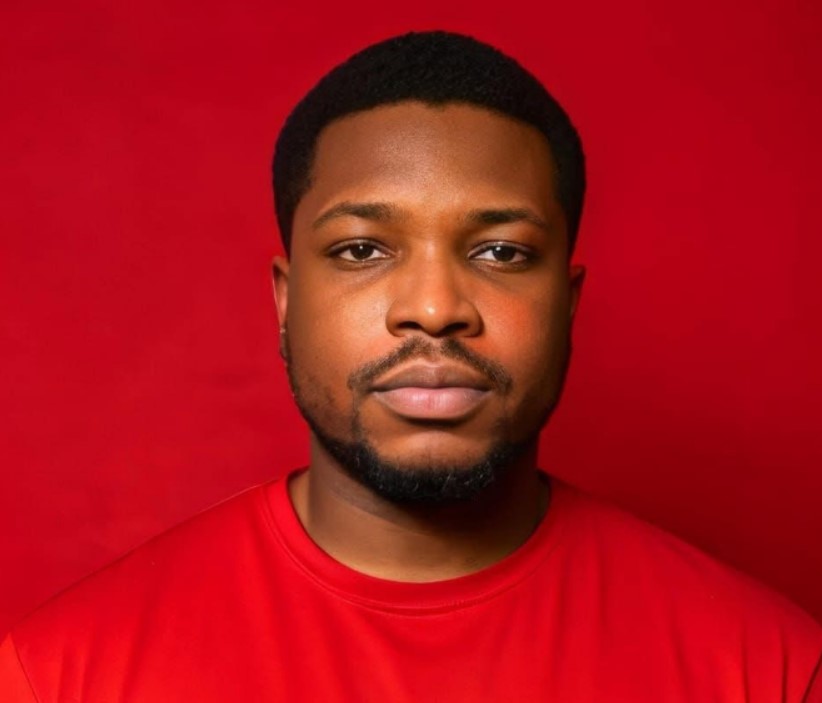
But he also feels that an additional challenge for the graphic designer is the lack of recognition in material terms. His voice rises as he begins to talk about this over a phone call we had on another day. He feels that cover design as an art in itself should be accorded some recognition above what the perennial acknowledgement. Subsequently, our conversation moves to the possibility of literary prizes having categories that awards the best book covers of the year.
He highlights a crucial point: “Nigerian graphic designers in the arts aren’t nearly paid enough, which leads to the unfortunate situation where there are many designers out there doing good work but who struggle to keep the light on. From book covers and album cover art illustrators to movie poster designers, a lot of them are getting ripped off by musicians and filmmakers. I know the issue of appropriate compensation is a reality that affects other facets of the creative industry here, but it would be great to see designers truly appreciated across board and not just in theory”.
Acknowledging that inadequate pay is an all-encompassing creative industry issue for those who work on the peripheries of media attention, I ask him where he sees his future in a creative environment such as this and he immediately replies that he finds filmmaking an attractive and viable ground for his future creative labours. He also mentions the possibility of a future art exhibition and finally publishing some of his incomplete manuscripts. “Maybe I am just waiting for the right moment”, he muses.
Chimezie Chika is a staff writer at Afrocritik. His short stories and essays have appeared in or forthcoming from, amongst other places, The Weganda Review, The Republic, Terrain.org, Isele Magazine, Lolwe, Fahmidan Journal, Efiko Magazine, Dappled Things, and Channel Magazine. He is the fiction editor of Ngiga Review. His interests range from culture, history, to art, literature, and the environment. You can find him on X @chimeziechika1




